Last updated on March 29th, 2023 at 02:22 pm
A grain-free, nutrient-dense whole food diet has dramatically impacted my health and overall well-being. After discovering the antibody markers for Hashimoto’s Thyroiditis, I learned that one of the best and first things you can do to help support your immune system and reduce the antibodies is to remove all gluten and grains (only for a season) – this is a good step for any autoimmune condition. This might seem impossible, but don’t worry. I will share simple tips for going grain-free to help you transition smoothly.
A grain-free lifestyle can seem overwhelming and nearly impossible, but with a few tips and tricks (and amazing recipes), avoiding grains can simplify cooking. Fewer ingredients reduce the work time in the kitchen – and that is something most people will benefit from. I want to help you make the transition successful and stress-free.
If you have worked on bringing your antibody, count down, and within range, you can slowly start reintroducing grains one at a time, as long as they are properly prepared.
 Here are my 9 simple tips for going grain-free
Here are my 9 simple tips for going grain-free
1. Grill or roast different meats on the weekend/or on your off days to have in the fridge during the week.
Grilled chicken, hamburger, pulled pork, and roasted meat can be shredded, chopped, and tossed in a salad, soup, or even packed for an easy yet nutrient-dense lunch. It is a fantastic way to get in some quick protein.
2. Make a little extra.
Doubling recipes such as soups, stews, stir-fries, and even casseroles weekly ensures that I always have something nutrient-dense on hand and helps us avoid eating out.
3. Use the slow cooker.
A roast or chicken in the slow cooker will become your new best friend. I like to make one or the other every week to have it on hand for quick lunches or dinners. In addition, pair it with a salad or roasted vegetables, and dinner is ready! The leftovers are also great for adding to salads for lunch the next day or soup for dinner.
4. Fill your kitchen with fresh, vibrant, colorful vegetables.
When eating grain-free, you automatically tend to eat more vegetables – this is a beautiful thing. As a result, make sure to stock your fridge and your pantry with all your favorites. A bonus point is that all the colors bring instant joy. It is essential to cook most of your vegetables, making them easier to digest.
5. Eat all the leftovers.
When you make extra, you’ll have leftovers. We homeschool and work primarily from home, so we don’t have to worry about how to send leftovers for lunch – I love this, and it makes eating real food much more effortless. However, many have invested in insulated thermoses to send warmed leftovers to work and school for lunch. Seems worth checking out and investing in.
6. Eat some saturated fats with every meal.
This is the most important one. I can’t stress this enough; saturated fats help the body absorb nutrients, satiate you so that you don’t overeat, and help to reduce inflammation. You can learn more about the importance of healthy fats here. I generally keep unsalted grass-fed butter, sustainable palm shortening, organic grass-fed ghee, pastured tallow, duck fat, and lard in my pantry for all my baking and cooking needs.
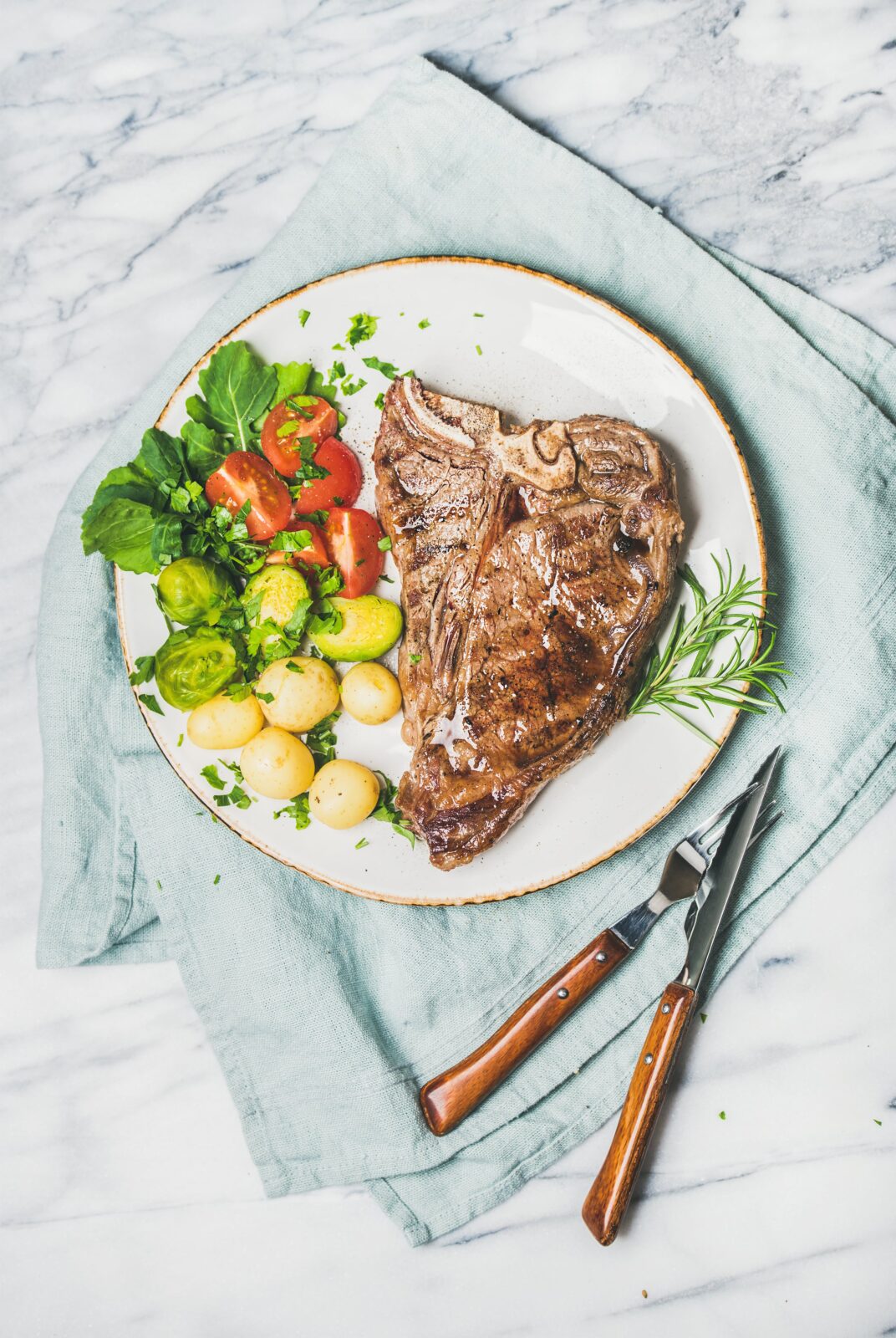
7. Shop smart.
I use Thrive Market or Azure Standard to stock up on pantry staples and essentials. The membership is completely worth it – wholesale prices and reduced prices on products are always a win. I also plan for the week, and with that plan in mind, I head to the grocery; I do a little bit of meal prepping. That way, none of my ingredients go to waste or wilt in the back of the crisper drawer. In addition, you can also visit your local Farmer’s Market, join a co-op, or get to know your farmers for the best prices on real food.
8. Keep baking ingredients on hand in the pantry.
One of the things that I have noticed when it comes to grain-free baking is that you only need to keep a handful of ingredients on hand for impromptu baking. Here are some of the ingredients that I always like to have on hand:
- tapioca flour
- coconut flour
- almond flour
- cashew flour
- cassava flour
- arrowroot flour
- coconut sugar
- maple sugar
- grass-fed collagen peptides
- raw honey
- maple syrup
- unflavored grass-fed gelatin
- baking soda
- grain-free baking powder
- dark chocolate chips
9. Invest in resources.
I love collecting cookbooks (or exciting recipes from magazines). It is, undoubtedly, one of the best investments I have ever made – I use 90% of my cookbooks daily for recipes, kitchen hacks, tips, inspiration, and to learn more about food and ingredients.
If you are new to eating grain-free, I hope these simple tips for going grain-free will help you ease into this new season of healing effortlessly.
Resources for further learning:
– Nourishing Traditions by Sally Fallon
Disclaimer: This post is not intended to provide medical advice, diagnosis, or treatment and is for educational purposes only.
*****
Use code “NURTUREMEWILD” at checkout to save 10% off all your orders at Perfect Supplements!
*****
For pantry staples at discounted prices, check out Thrive Market and save 40% off your first order!
*****
For quality grass-fed and pastured raised meats, check out Butcher Box and save $30 on your first box!

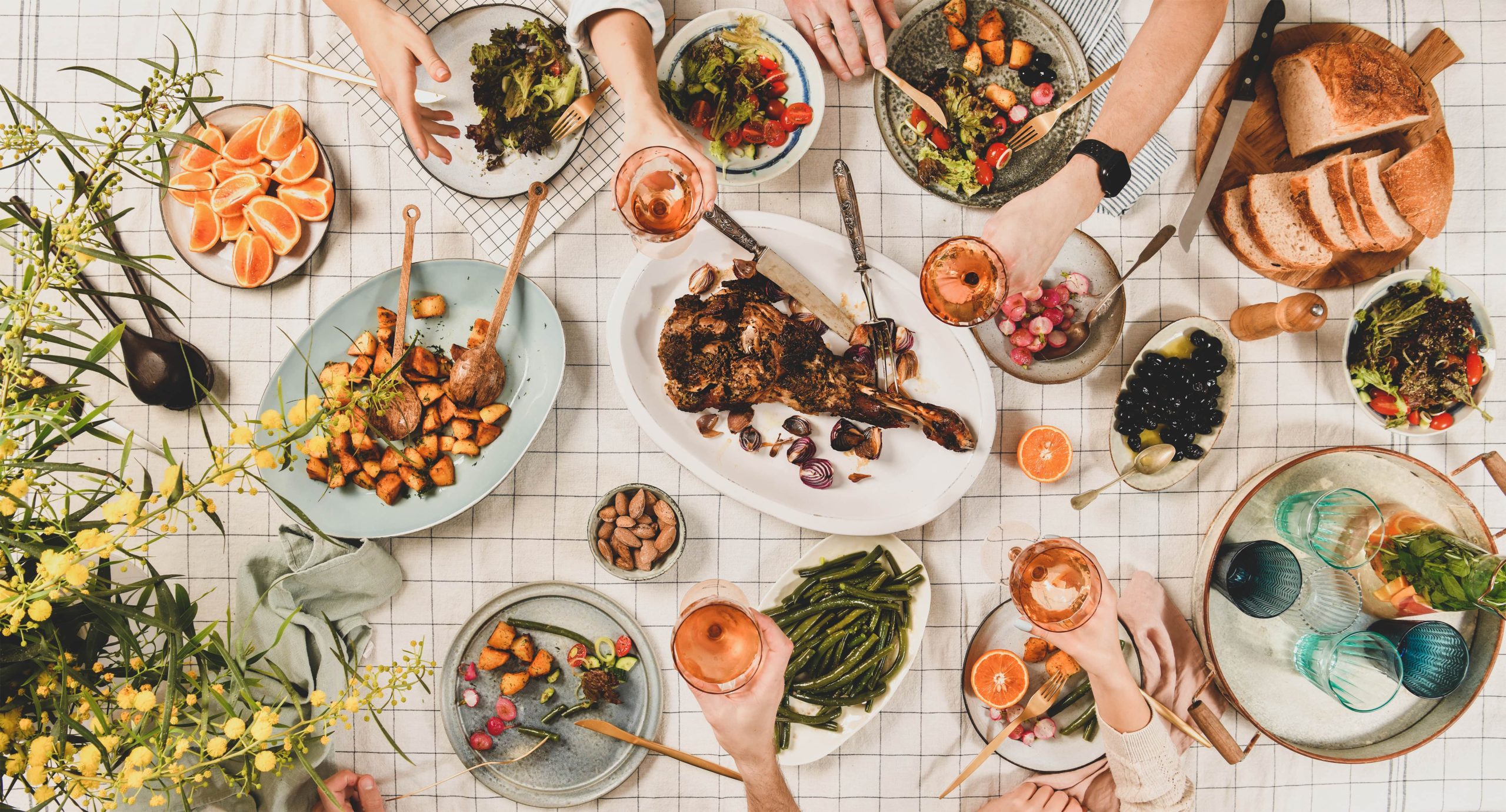
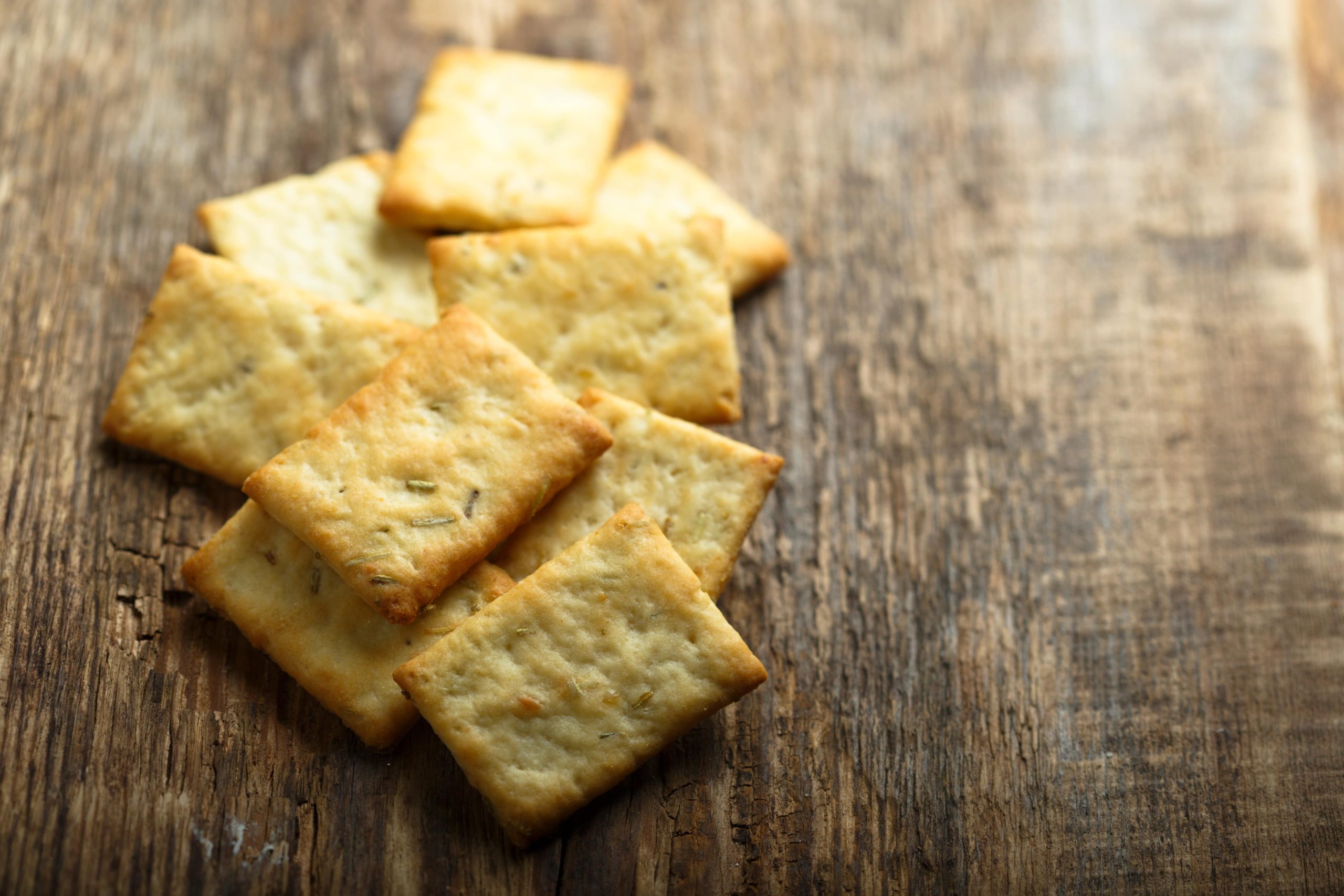
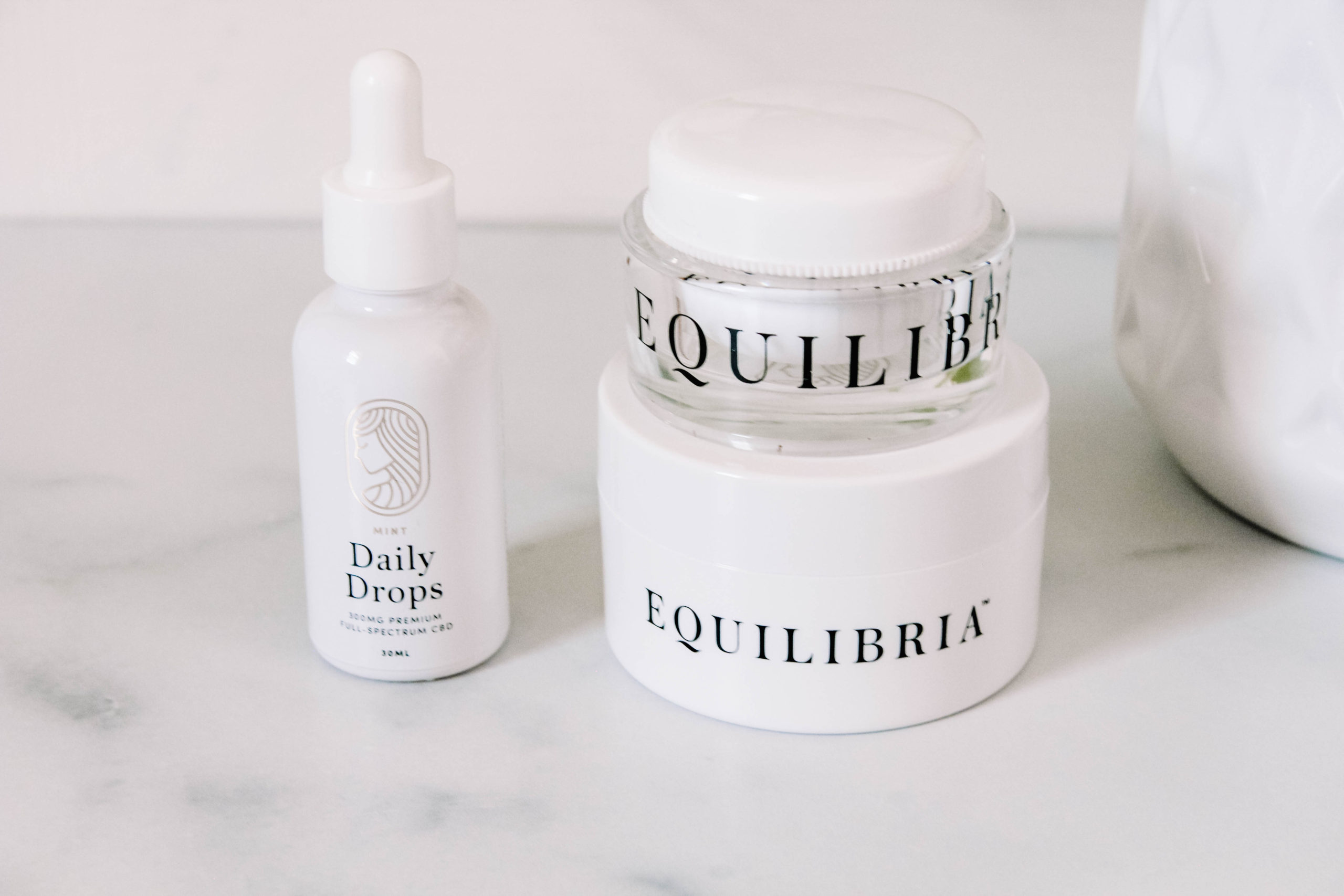
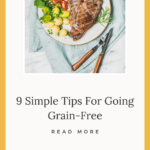
+ view comments